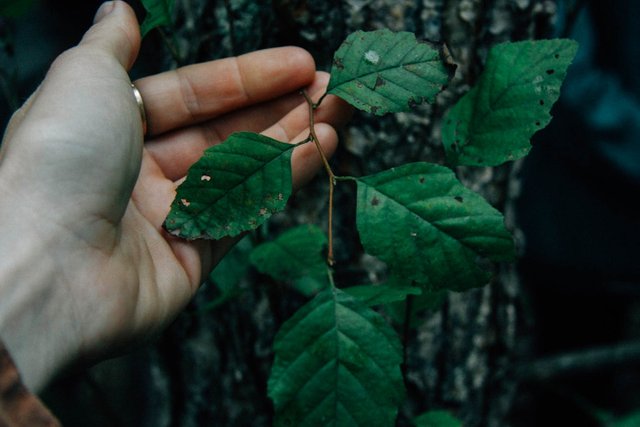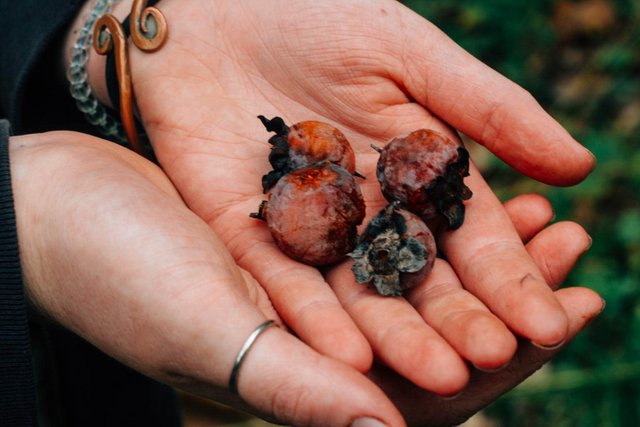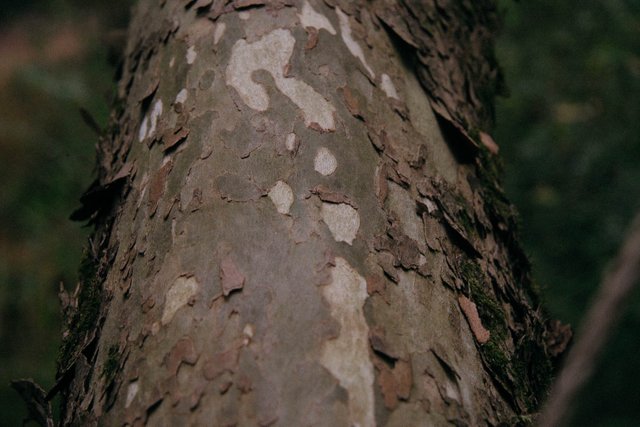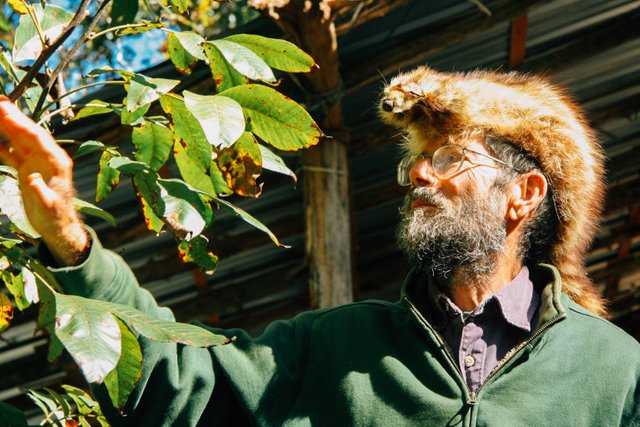Plant Walk #6: River Birch, Wild Southern Persimmon, Sycamore, Hickory
Hey ya'll. I thought I'd post another plant walk from my time in South Carolina this fall.
Yes, somehow in all my escapades I ended up in South Carolina at the Falling Leaves Rendevous Gathering- an earthskills event that is attended by many of my old friends and community in North Carolina.
I showed up late at night unannounced and surprised many a unsuspecting friend by the late night fires.
I've gotten used to fire bands in the west- its so easy to have fires everywhere in places like South Carolina. Fire is the blood of gatherings. I walked up and started listening to stories and I felt like I walked back in time to a former life I've had- as a farmer and very rooted in Appalachia. Eventually people noticed me and it was a sweet weekend of reconnecting and going on plant walks! One of my favorite teachers and mentors was there- Luke Learningdeer- and I photographed his plant walk. I still feel like, despite my intermediate level botany, ecology and herbal medicine knowledge- that I learn so much and especially from people like Luke when I go on walks. I've been so immersed in the diversity of the west coast, that I have not spent as much time in the southern ecology the past few years. I am surprised by what I remember, and what seems expanded now that I have more familiarity of the west. I feel like an insane autodidact sometimes, and yet mentorship, other peoples' perspective greatly affect and contribute to my own. I feel like my work with my Ground Shots Project is a lifelong work of expanding the understanding of the interconnectedness of the living world.

This is a shot I took of the leaves and some of the bark of **River Birch (Betula nigra) , a tree in the Birch family (Betulaceae) that loves the waterways of the south. It does not have the methylsalycilates of Yellow or Black Birch, but does have some anti-inflammatory properties. It is the only Birch species that can hang in super hot climates. When I led a plant walk in Richmond, Virginia this fall, it was October and the air was still humid and warm with tons of mosquitoes- and the wet areas of the trail I walked on still had these Birches with the leaves hanging on. The same went for when I popped down to South Carolina. The bark tends to be more peeling and layered, and the trees don't seem to get that big or be very long lived. Again, they love water and are a characteristic riparian species of the 'southeast' U.S.

**
Persimmon. **
Diospyros virginiana. I wrote a whole plant profile on Persimmon on my blog at http://www.ofsedgeandsalt.com featuring info and perspective on several species and their cultural use around the world. This is a picture of the wild species that grows in the southeast U.S., and when I was in South Carolina in October, they were dropping to the ground all over and perfect for eating. This black stained rotten look is a perfect state to consume them. You can see why they are not in commerce really. They don't look pretty but they sure are good. They have less tannin after many frosts and at this stage the tannin has dissipated a lot. They have lots of Vitamin A, like other orange colored fruits and vegetables. In Traditional Chinese Medicine, the calyx and leaves are uses of certain species for medicinal purposes. The calyx is the woody lotus-looking star shaped piece at the top of the fruit.

**Sycamore! **Platanus occidentalis
A beautiful tree also found usually in riparian areas but not always. They have really unique bark which makes them easy to identify, and near the tops of the tree the bark gets more white. Pretty cool. Their wood isn't usually used for much structural building- perhaps their quick growth due to their love of water doesn't make for the best wood.

Hickory!
- Carya spp. *This is Doug Elliott, the wonderful folk storyteller of the southern Appalachia talking about Hickory on his plant walk I went on too. There are many species of Hickory in the south but one of the most important things I like to note about this tree is that the 'nuts' make great 'mylk.' Milk substitute! Boiling them creates a fatty froth- and it tastes SO GOOD. They are not tannic and really contain a lot of nutrients. Every species is different. When I lived in North Carolina, during Hickory nut season, we'd often have the nuts boiling on the stove- and would go many rounds until we felt like the nuts were spent. An underused dairy alternative.
That's all for the moment. Thanks for reading. FYI, I think I got my payment and shipping stuff figured out for the Homesteader's Co-op. https://homesteaderscoop.com/store/ofsedgeandsalt/
I'd be happy to consider trades too for my medicine. Shipping internationally is tricky, but not impossible.
![]()

What a beautiful time spent with fires with friends. Sounds so special - they glad to have you, and vice verse, and learning more about your beautiful landscapes you inhabit. A gorgeous post as always xx
I didn't know that about hickory, but then, it's not a plant I've had much contact with, so this is really a fascinating tidbit! Thanks for sharing.
There’s so much more to say about each of these plants, of course.
Posted using Partiko iOS
I know... keep.it coming baby!!!
Posted using Partiko Android